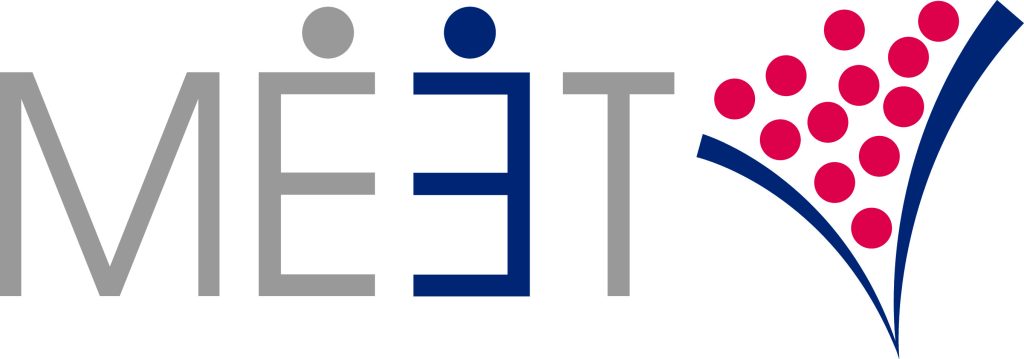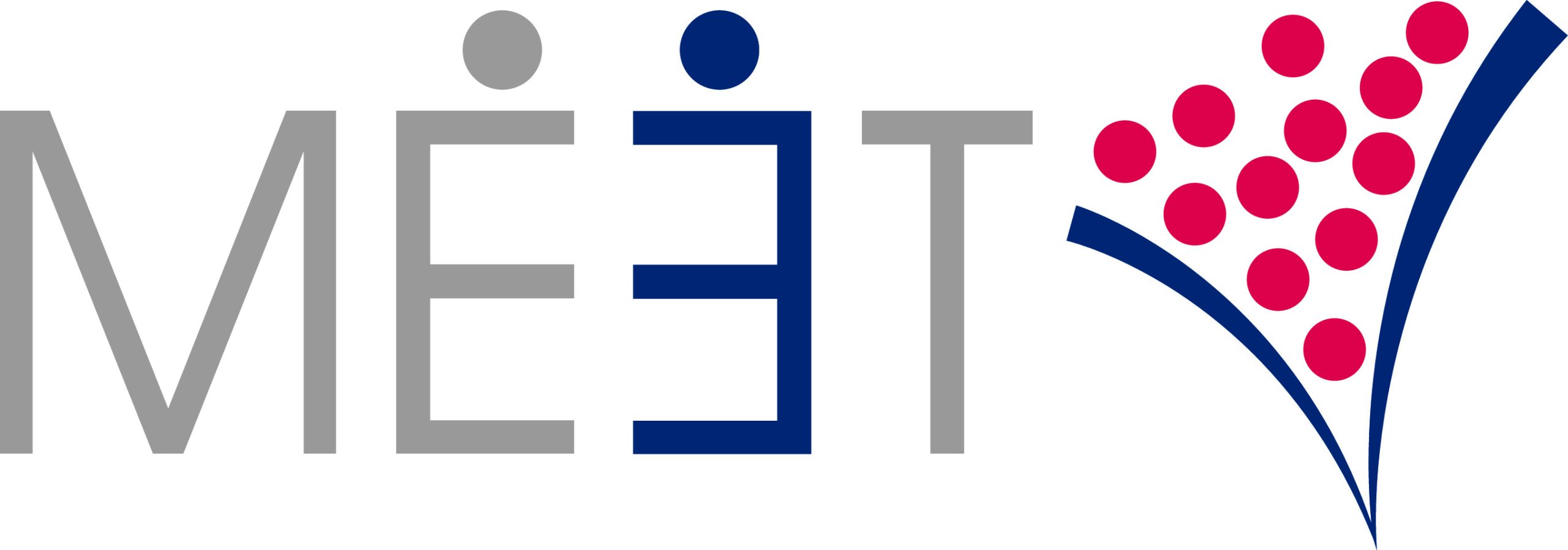Building Connection and Community Through Trade Shows and Events
Trade shows and events are more than just industry gatherings; they’re powerful opportunities to build meaningful relationships and foster community.
Building Connection and Community Through Trade Shows and Events Read Post »

